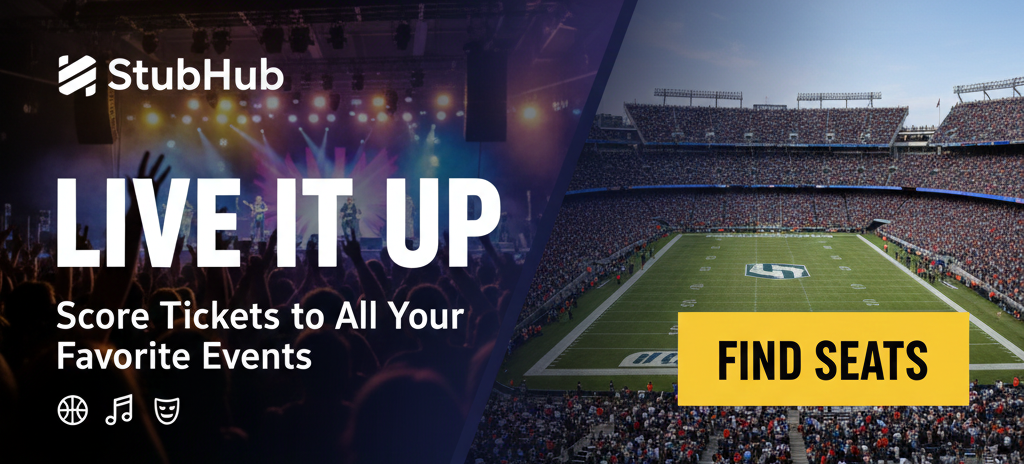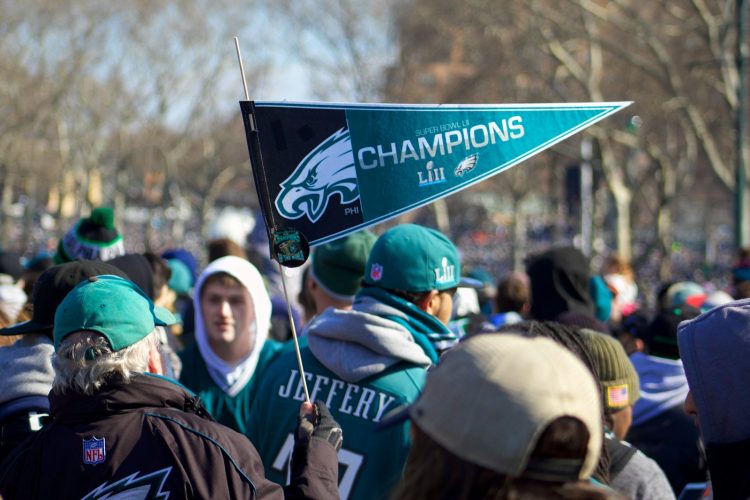When a major sports event comes to town—whether it’s a championship game, a regional tournament, or even a one-off international fixture—there’s an undeniable electricity in the air. Streets buzz with fans, hotels brim with guests, restaurants hum with conversation, and local pride swells. But beyond the chants, jerseys, and post-game celebrations, something more quietly powerful is happening: the local economy is pulsing with new life.
The influence of sports events on local economies is often talked about in broad strokes, with headlines citing millions of dollars generated or thousands of jobs created. But the real story runs deeper than flashy numbers. These events ripple through communities in subtle and sometimes surprising ways, touching everything from infrastructure and tourism to small businesses and city branding. And while the benefits are real, so are the challenges—making it all the more important to understand the true economic impact of hosting sports events.
In this essay, we’ll look past the stadium lights and into the neighborhoods, businesses, and budgets where the economic heartbeat of a city is truly felt during a sporting event. It’s a story of strategy, spontaneity, and the undeniable power of sport to move more than just fans.
Game Day and the Surge of Spending
Let’s start with the most visible economic impact: consumer spending. When a sports event takes place, particularly one with regional or national significance, it draws in thousands—sometimes hundreds of thousands—of fans, many of whom are from out of town.
That influx of visitors needs places to stay, eat, park, and explore. Hotels often hit peak occupancy and can even raise their rates in anticipation of the demand. Restaurants experience surges in traffic, especially those near the venue. Even local transportation—rideshares, buses, taxis—see sharp upticks in usage. From ticket sales to beer vendors, the cash flow is immediate and widespread.
But the reach goes beyond just the businesses you’d expect. Local shops, merchandisers, and even pop-up vendors benefit from increased foot traffic. Tailors get jersey customizations done. Corner stores sell out of bottled water. Food trucks and local artisans line the streets outside arenas. In many ways, game day is a temporary boomtown.
Temporary Jobs, Lasting Impact
Large events require manpower—and lots of it. Security personnel, food vendors, cleaners, traffic controllers, ushers, medical staff, and setup crews are all brought on board, often on short-term contracts, to support the logistics of the event.
While these roles are temporary, their value shouldn’t be underestimated. For many workers, they provide crucial income, new connections, or a foot in the door to future opportunities. Young people, students, and gig workers often find valuable short-term gigs that align with their schedules.
In some cases, the spotlight from a major sports event can also bring attention to skill shortages in key sectors, prompting cities to invest in training programs or longer-term hiring initiatives.
Infrastructure and Urban Renewal
Perhaps the most long-lasting economic impact of sports events lies in infrastructure. Hosting a large-scale event often prompts cities to improve roads, public transportation, signage, and pedestrian zones. Stadiums might be built or upgraded, parks refreshed, or entire districts revitalized.
While some critics argue that such developments can be costly and lead to debt, others point out that these improvements serve residents long after the final whistle. A new light rail system built for a tournament, for instance, continues benefiting commuters for decades. Sidewalk upgrades or street beautification projects enhance neighborhoods and increase property values.
In the best cases, sports events are used as catalysts to push through needed improvements that might otherwise sit on the back burner.
Local Businesses: Boom or Bust?
Sports events can be a double-edged sword for small, local businesses. On the one hand, increased foot traffic and visibility can lead to record sales days. Many entrepreneurs time promotions, product launches, or location openings around major events to capture new customers.
On the other hand, the competition can be intense. Larger corporations with major sponsorship deals or on-site vending rights often overshadow mom-and-pop operations. In some cases, road closures and crowd control measures can even make it harder for regular customers to access local shops.
For maximum benefit, local governments and event organizers need to actively include small businesses in planning. Whether that’s through vendor licensing, small business zones, or tourism collaboration, the key is making sure that economic opportunity is shared—not monopolized.
Tourism and Branding: Selling More Than Tickets
One of the less immediately visible, but arguably more powerful, effects of a sports event is how it shapes a city’s image. Hosting a well-run, exciting event puts a location on the map—sometimes literally.
Think of how the Super Bowl brings attention to its host city each year. Or how the Olympics can rebrand an entire country. Smaller events can have a similar (if more modest) effect, particularly if they’re televised or shared widely on social media.
Visitors often take a few extra days to explore the city, visit landmarks, or discover neighborhoods they’d never otherwise have seen. A good experience during a sports weekend can turn into a future vacation or even a business investment.
And it’s not just about external visitors. Local pride can surge after hosting a successful event, creating momentum for civic engagement, new partnerships, or volunteerism.
The Hidden Economy: The Fans Themselves
It’s easy to forget that sports fans are part of the economic equation, not just as spenders but as organizers, creators, and contributors. Think of the local screen printers making themed shirts. The graphic designers making posters or social content. The musicians performing at fan zones. The freelance photographers documenting game day. The influencers livestreaming the experience.
Sports events create a temporary creative economy around them, pulling in a wide range of talent. These mini-markets can be hard to track in traditional economic metrics, but they’re very real—and increasingly valuable.
The Downside: Costs, Crowding, and Controversy
Of course, it’s not all rosy. Sports events come with costs—some of them obvious, some more subtle. Policing, sanitation, insurance, emergency preparedness, and traffic control all require city resources. Sometimes taxpayers foot the bill, especially if public funding was used to build a venue.
Crowding and congestion can also strain local infrastructure, frustrate residents, or displace vulnerable populations (as has been the case in some Olympic host cities). Gentrification, rent hikes, or evictions tied to sports-related development are real concerns that need to be addressed transparently and ethically.
Additionally, when events don’t meet projected visitor numbers or run over budget, the promised economic windfall can evaporate, leaving communities disillusioned or worse—financially burdened.
Making It Work: Strategy Over Hype
To truly benefit from a sports event, cities and communities need to approach planning with intention. That means realistic projections, inclusive economic strategies, and collaboration between private businesses, public services, and local communities.
In successful cases, we’ve seen cities implement:
- Local vendor prioritization policies
- Small business marketing support ahead of events
- Public transportation expansions tied to game schedules
- Community volunteer programs
- “Legacy plans” to ensure post-event infrastructure use
The key isn’t just bringing the event—it’s designing it to leave a positive footprint.





